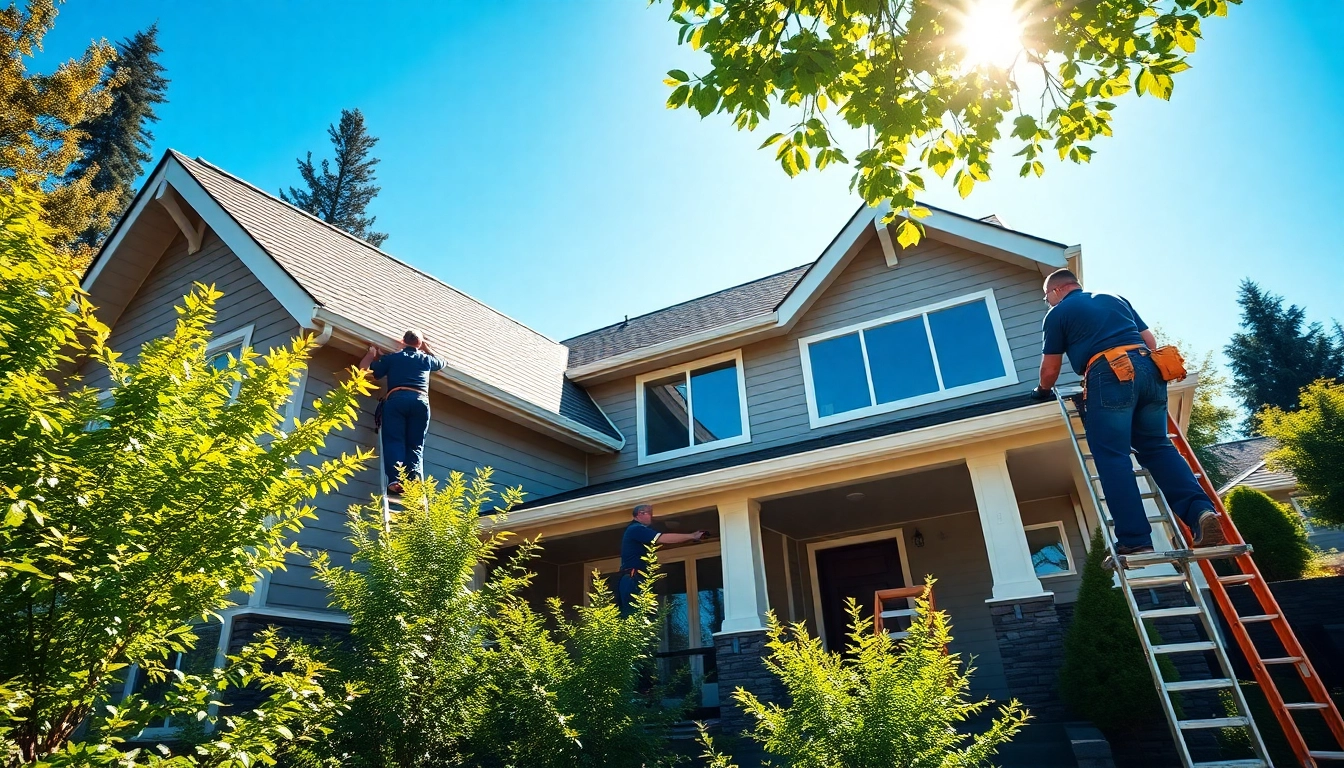Understanding Firestop Companies
What Are Firestop Companies?
Firestop companies specialize in providing solutions to prevent the spread of fire and smoke within buildings. Their primary role is to ensure that firestop materials and systems are properly designed and installed in construction projects. This is essential for protecting life and property, as nearly 80% of fire-related fatalities occur in buildings where fire safety measures are inadequate. Firestop companies work closely with architects, contractors, and building owners to create effective fire protection strategies tailored to specific structures. Firestop companies employ highly trained professionals who are knowledgeable in local codes, standards, and regulations related to fire safety. They utilize a range of materials, including firestop caulks, sealants, and intumescent materials, to prevent the spread of fire and smoke through penetrations, joints, and gaps in fire-resistance-rated assemblies.
The Importance of Fire Protection Solutions
The importance of fire protection solutions cannot be overstated, especially in urban areas and high-density buildings. A robust fire protection system not only safeguards lives but also preserves property and reduces potential insurance claims. Insurance companies often offer better premiums for buildings with comprehensive fire protection measures in place. Furthermore, fire protection is a legal requirement in many jurisdictions, meaning that compliance with local building and safety regulations is essential. With fire incidents leading to billions of dollars in damages annually, investing in effective firestop solutions is not just a prudent choice; it is a necessary component of responsible property management.
Key Services Offered by Firestop Companies
Firestop companies offer a variety of services aimed at enhancing fire safety in buildings. Key services include:
- Firestop System Design: Tailoring solutions to meet specific building requirements and code compliance.
- Installation Services: Expert installation of firestop materials to ensure maximum effectiveness.
- Maintenance and Inspections: Regular assessments of firestop systems to ensure they are in compliance with safety standards.
- Consultation and Training: Educating building staff on fire safety protocols and maintenance of firestop solutions.
- Compliance Support: Assisting with documentation and verification of adherence to fire safety codes.
Assessing Your Fire Safety Needs
Identifying Risks in Your Building
Assessing fire safety needs begins with identifying potential risks in a building. Factors include the building’s age, construction materials, layout, occupancy type, and location. Engaging firestop companies to conduct a comprehensive risk assessment can uncover vulnerabilities in the structure. This may involve reviewing fire safety plans, inspecting areas where materials penetrate fire-resistance-rated assemblies, and examining existing fire protection measures. Common risks include:
- High-traffic areas where accidental fire-related incidents may be more likely.
- Areas with electrical wiring and conduits, which can pose a fire hazard if not properly sealed.
- Spaces with mechanical systems that could facilitate fire spread if not adequately protected.
Evaluating Fire Safety Compliance Requirements
Every building must adhere to specific fire safety compliance requirements set out by local, state, and national regulations. Firestop companies are essential in helping building owners understand these requirements, which can vary significantly based on geographical location and building type. Compliance often includes inspections by local fire marshals, adherence to international standards such as the National Fire Protection Association (NFPA) codes, and ensuring that materials used in firestop systems are certified for safety and effectiveness. Failing to comply can lead to hefty fines, legal repercussions, and increased liability in the event of a fire.
Choosing the Right Type of Firestop Solutions
Choosing the right firestop solutions requires understanding the specific needs of the building and the types of penetrations present. Firestop solutions can be classified into several categories based on their use:
- Penetration Firestopping: Used to seal pipes, cables, and ducts that pass through fire-rated walls and floors.
- Joint Firestopping: Implemented to protect horizontal and vertical joints between fire-rated assemblies.
- Firestop Blockers: Designed to create a fire-rated barrier in certain construction areas.
Consultation with firestop companies can lead to informed decisions regarding which solutions best suit the unique architectural and functional needs of a building.
How to Select Reliable Firestop Companies
Evaluating Company Credentials and Certification
When selecting firestop companies, verifying their credentials and certifications is crucial. Companies should have certifications from recognized authorities in the field of fire protection and safety, such as the International Firestop Council (IFC) or the National Fire Protection Association (NFPA). These certifications indicate that the company adheres to industry best practices and stays updated on the latest safety technologies and regulations. Additionally, assess the company’s experience in the industry and look for ongoing training programs for their staff to ensure they are knowledgeable about current standards and products.
Understanding Reviews and Client Testimonials
Reviews and testimonials from previous clients can provide valuable insights into a company’s reliability, quality of service, and responsiveness. Look for companies with a history of positive reviews and ask for references whenever possible. Engaging with past clients can help gauge their satisfaction regarding the installation process, adherence to timelines, and overall effectiveness of the firestop solutions. Additionally, online platforms and professional networks often present reviews that can be useful in making a considered decision.
Comparing Service Offers and Pricing
Pricing for firestop services can vary widely based on the company’s experience, the complexity of services offered, and the scope of the project. When comparing service offers, consider not just the cost, but also what is included in each proposal, such as material quality, warranties, and post-installation support. It may be beneficial to obtain multiple quotes to ensure a comprehensive understanding of the market and avoid potential pitfalls of selecting the cheapest option without considering quality.
Implementation of Firestop Solutions
Planning the Installation Process
Effective planning is essential for the successful installation of firestop solutions. This includes creating a detailed project timeline, identifying necessary materials, and coordinating with construction schedules. Engaging firestop companies during the design phase can streamline planning, ensuring that all required firestop measures are included in construction plans. It’s also crucial to ensure that installations occur when areas are accessible, and that there is minimal disruption to ongoing operations in the building.
Understanding Maintenance for Firestop Systems
Firestop systems require regular maintenance and inspection to ensure their integrity over time, especially in high-traffic areas or where wear and tear is common. Maintenance may include routine checks, repairs, and updates, particularly in response to building modifications or renovations. Firestop companies can provide scheduled upkeep services, ensuring continued compliance with fire safety regulations and maintaining the effectiveness of firestop solutions.
Training Staff on Fire Safety Protocols
Effective fire safety management extends beyond the physical installation of firestop systems. Establishing a culture of safety within a building requires educating staff about fire protocols and emergency procedures. Firestop companies can offer training services to teach employees about the importance of fire safety measures, how to recognize potential fire hazards, and emergency evacuation procedures. This proactive approach creates a shared responsibility for safety and can significantly impact the effectiveness of firestop solutions in an emergency.
Measuring the Effectiveness of Firestop Solutions
Monitoring Compliance and Safety Standards
Measuring the effectiveness of firestop solutions involves ongoing monitoring and assessment of compliance with safety standards. Regular audits and inspections help ensure that systems remain intact and effective in preventing the spread of fire and smoke. Building owners can work with firestop companies to evaluate compliance documentation and assess whether all installed firestop materials meet the required ratings and certifications.
Regular Inspection Checklists
Creating and maintaining a regular inspection checklist is vital for assessing the condition of installed firestop systems. This checklist should include criteria such as:
- Physical condition of firestop materials (e.g., no gaps, cracks, or deterioration).
- Verification of installation adherence to design specifications and codes.
- Review of documentation for compliance with safety standards.
By routinely conducting these inspections, property managers can identify potential issues early and mitigate risks effectively.
Leveraging Technology for Fire Safety Management
Advancements in technology provide new tools for managing fire safety effectively. Software platforms that track inspection schedules, maintenance needs, and compliance documentation can streamline fire safety management. Additionally, technology enables real-time monitoring of fire safety systems and can alert building management to potential issues before they become critical. Incorporating these technological solutions into overall fire safety strategies can enhance safety measures and operational efficiencies.















Leave a Reply